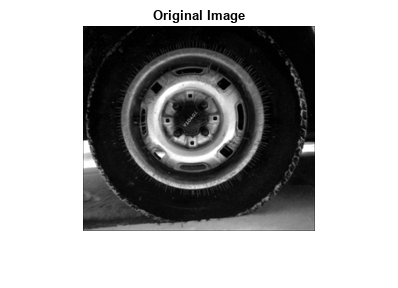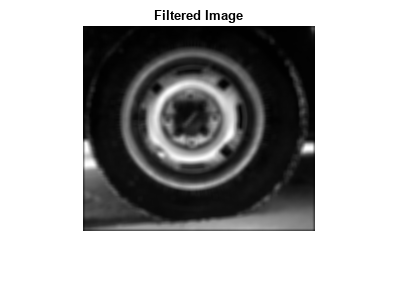colfilt
Column-wise neighborhood operations
Syntax
Description
B = colfilt(A,[m n],block_type,fun)A by rearranging each
m-by-n block of A
into a column of a temporary matrix, and then applying the function
fun to this matrix. colfilt zero-pads
A, if necessary.
B = colfilt(A,[m n],[mblock nblock],block_type,fun)A into regions of size
mblock-by-nblock blocks to save memory.
Note that the result of the operation does not change when using the
[mblock nblock] argument.
For example, if [mblock nblock] is [3 4]
and the size of each block is 16-by-16 pixels, then colfilt
subdivides the image into regions of size 48-by-64 pixels and processes each region
separately.
Examples
Input Arguments
Output Arguments
Algorithms
The algorithm that colfilt uses to process images depends on the
value of block_type.
|
Value |
Description |
|---|---|
|
|
|
|
|
|
To save memory, the colfilt function might divide
A into subimages and process one subimage at a time. This
implies that fun may be called multiple times, and that the first
argument to fun may have a different number of columns each
time.
Version History
Introduced before R2006a

